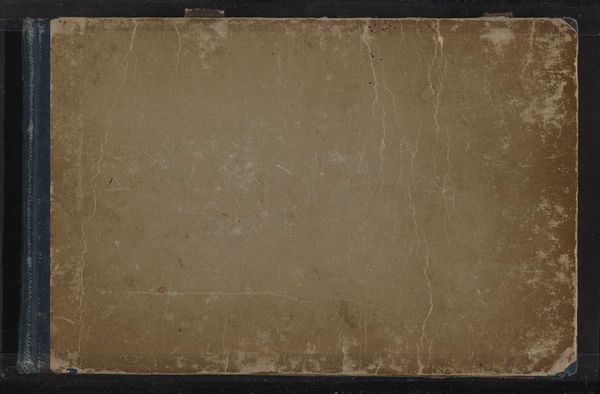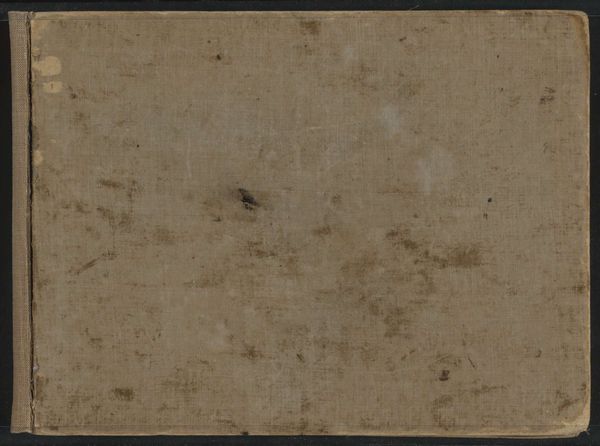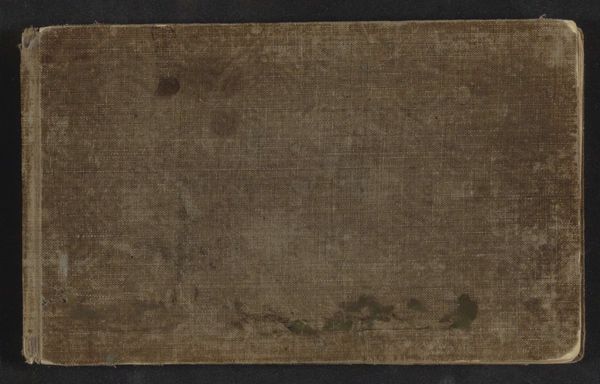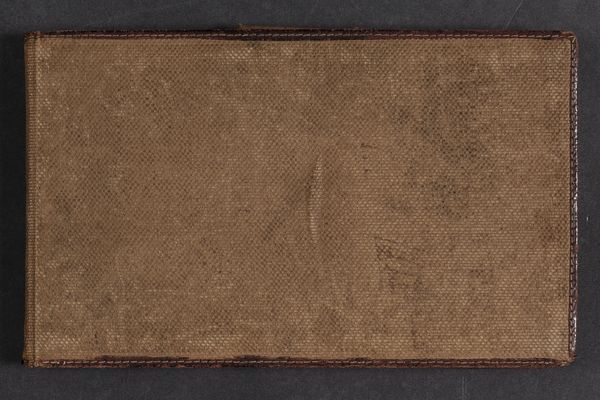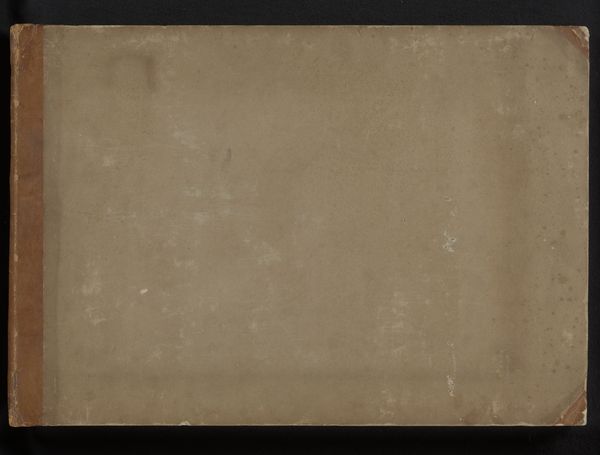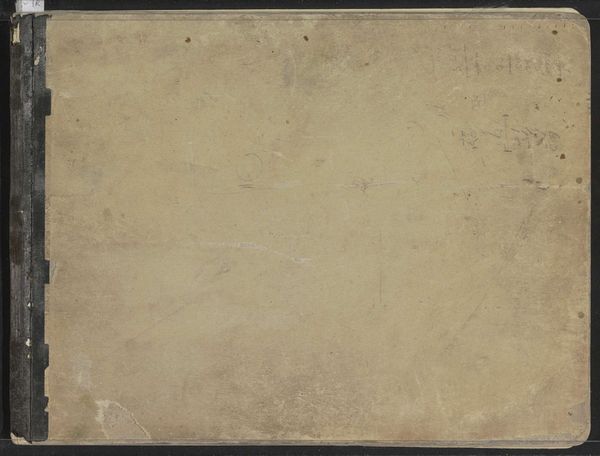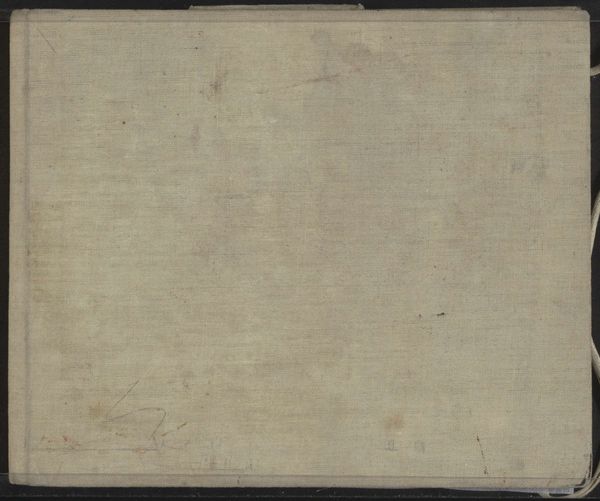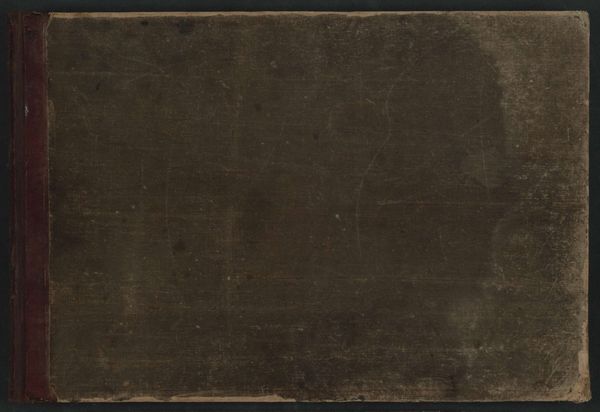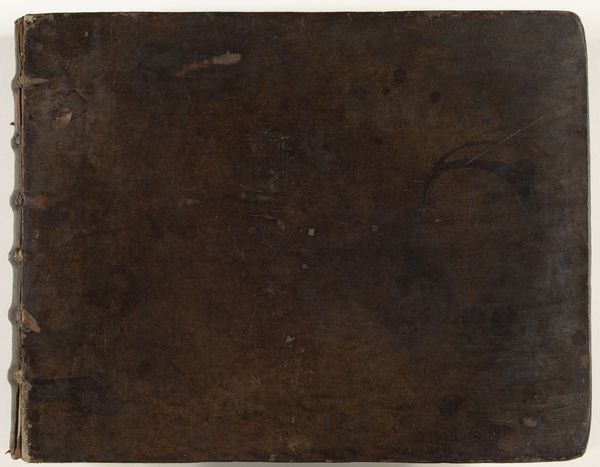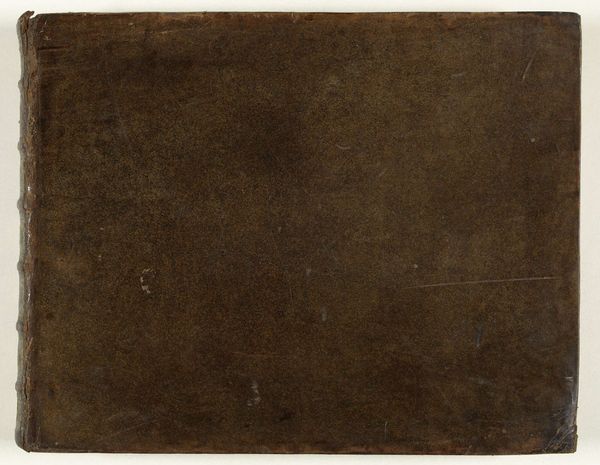
Album met voorstellingen van planten, dieren en volkeren van West- en Oost-Indië 1682 - 1733
0:00
0:00
drawing, paper
#
drawing
#
dutch-golden-age
#
paper
Dimensions: height 280 mm, width 448 mm, thickness 25 mm, width 895 mm
Copyright: Rijks Museum: Open Domain
Editor: This is "Album met voorstellingen van planten, dieren en volkeren van West- en Oost-Indië," a collection of drawings on paper made between 1682 and 1733 by Romeyn de Hooghe. Initially, it strikes me as a fascinating glimpse into the artist's world, organized by region perhaps? What draws your attention when you look at this album? Curator: It's compelling as a cultural artifact, isn't it? Consider the weight each image carried, functioning as a form of documentation but also interpretation for a European audience. What continuities do you see between the depiction of the plants, animals, and the “volkeren”—the peoples of the West and East Indies? Are they rendered with the same degree of observational detachment? Editor: That's a thought-provoking point. It seems the people are placed within almost genre-painting like scenarios. Were such albums common during the Dutch Golden Age? Curator: Certainly. They acted as portable compendiums of knowledge and embodied power. These albums are more than just records; they’re assertions of a specific worldview. Look at how space is used – what is emphasized, what is relegated to the background? Do you find evidence of idealization or othering in the depictions? Editor: I do notice the "exotic" elements being emphasized in the cultural depictions. So this album reflects not just observations but also the biases and power dynamics of the time. I wonder, does that influence our understanding and appreciation of these works today? Curator: Precisely. It compels us to confront the historical gaze and consider whose perspective is truly represented. It's in those layers of cultural encoding that the lasting power, and the ongoing ethical challenges, of these images reside. Editor: This album is a rich archive – not only of images but also of complex cultural encounters, inviting us to continually reassess what we think we know about the past. Thanks for unveiling that!
Comments
No comments
Be the first to comment and join the conversation on the ultimate creative platform.

